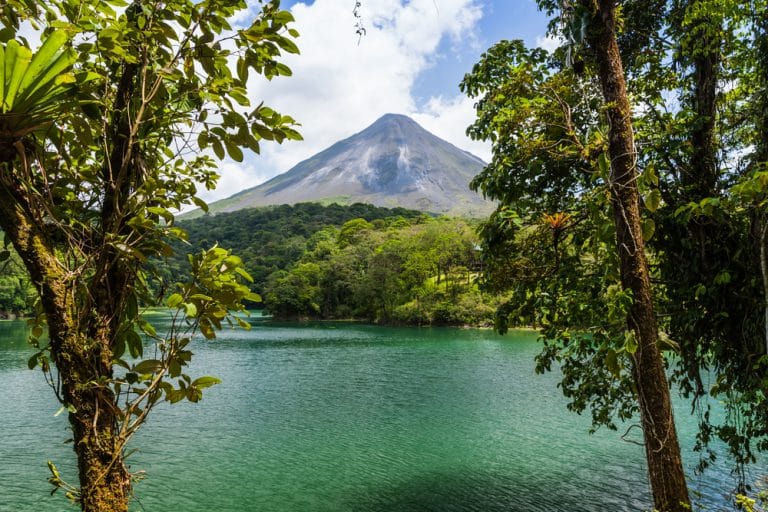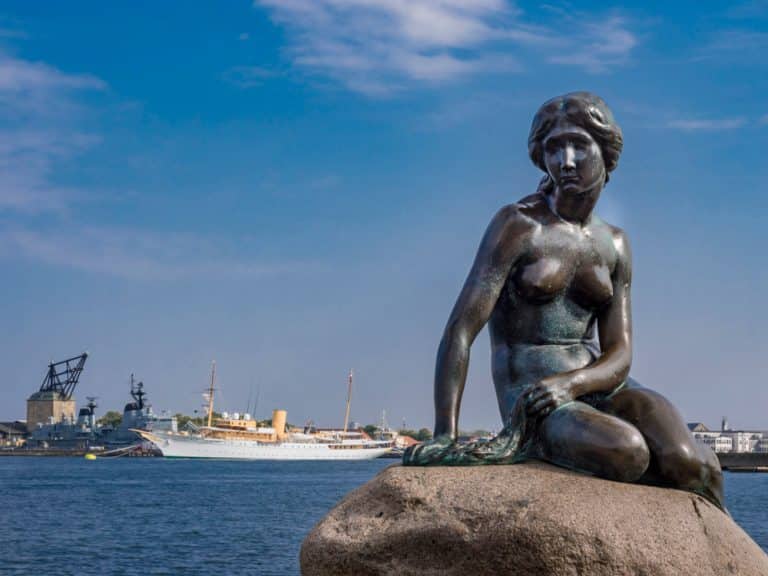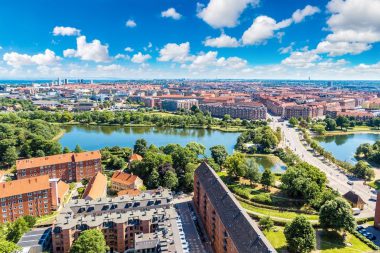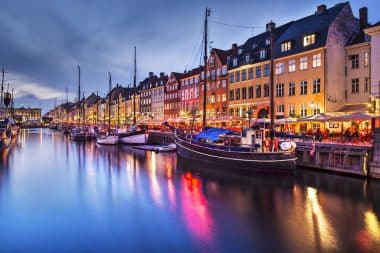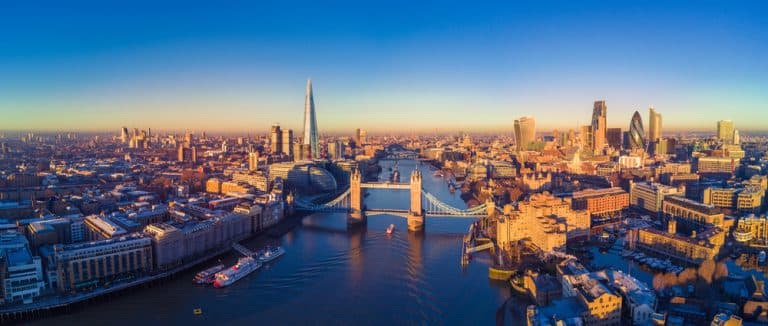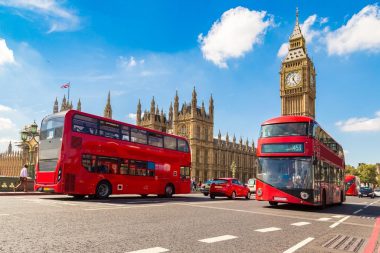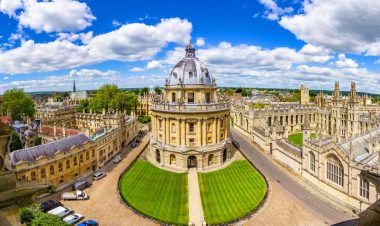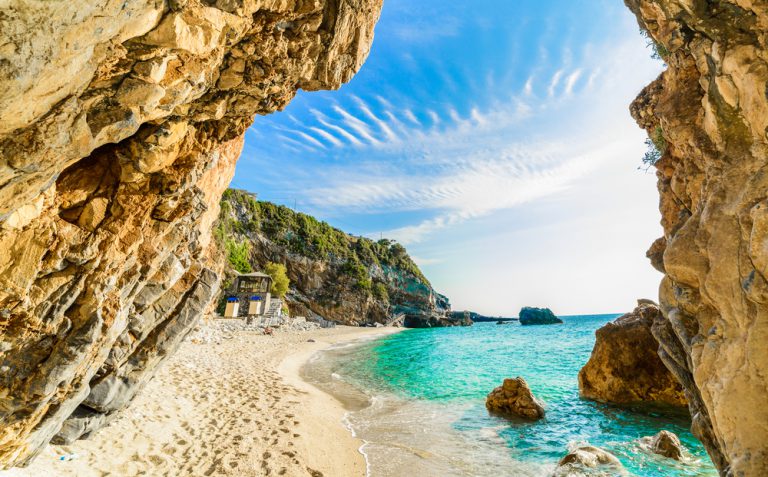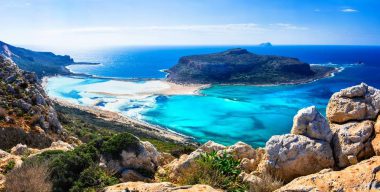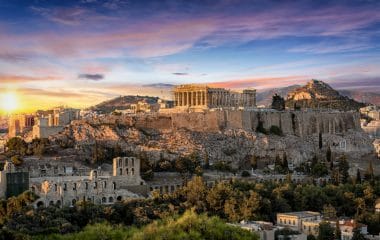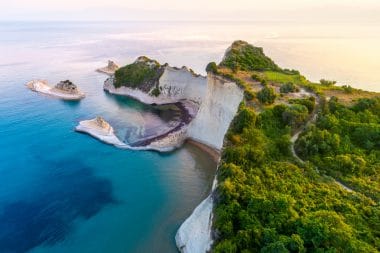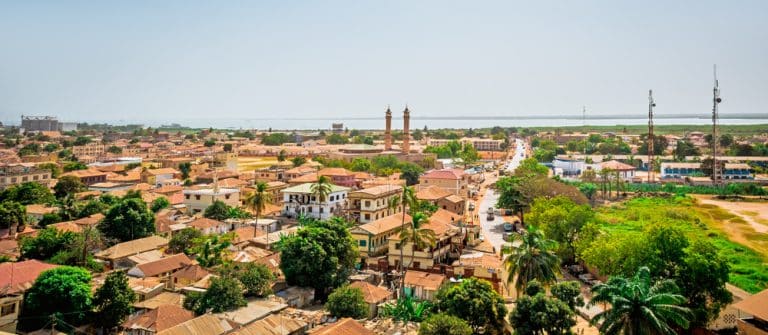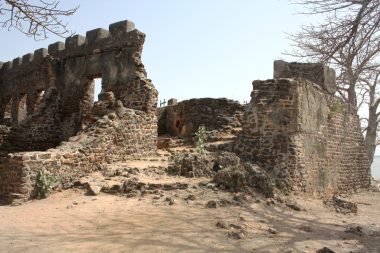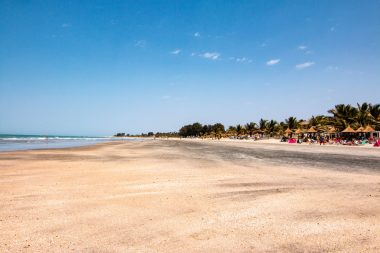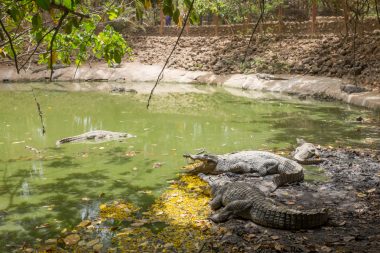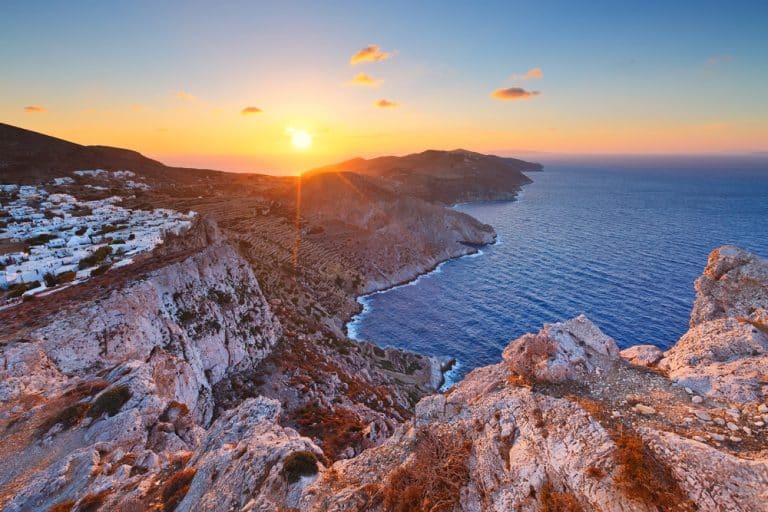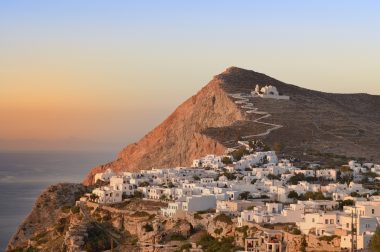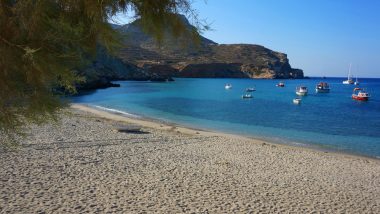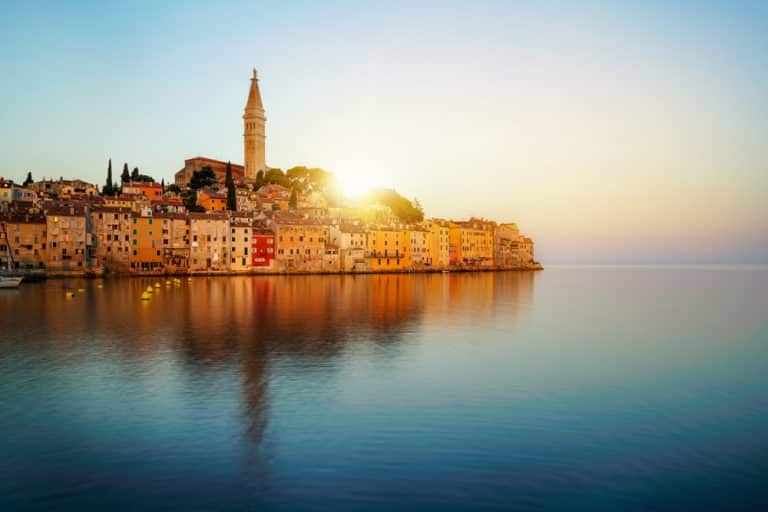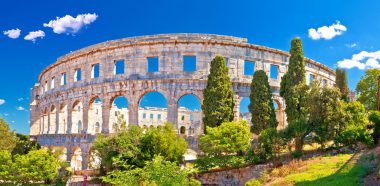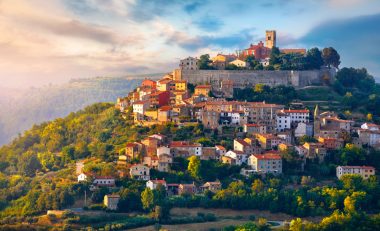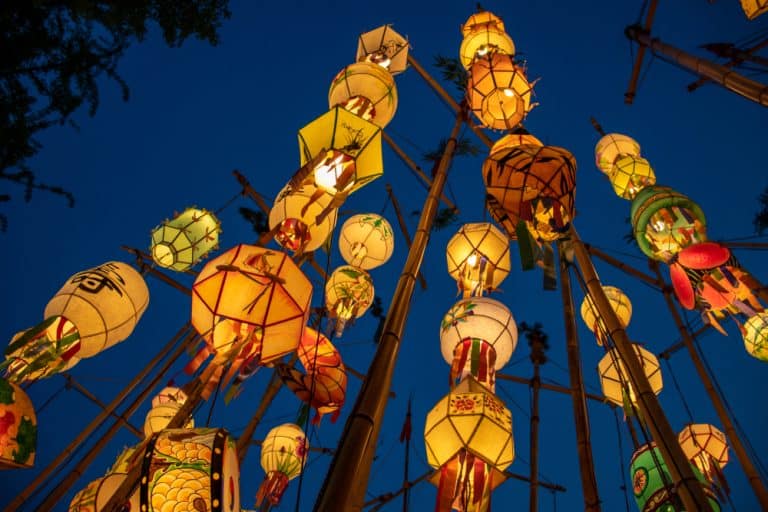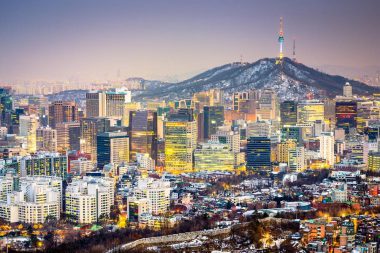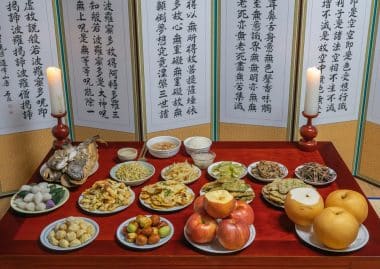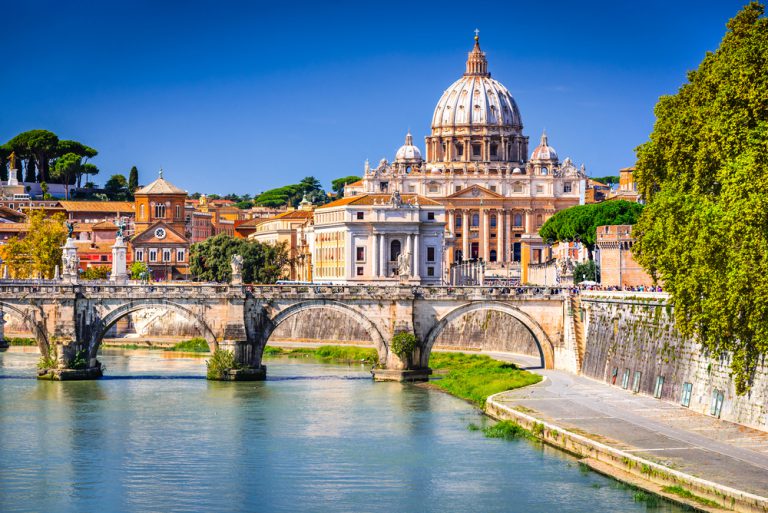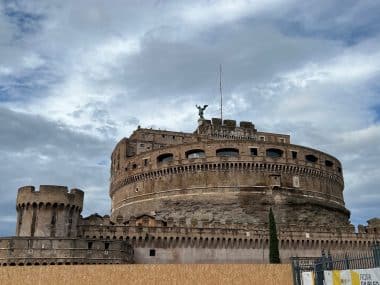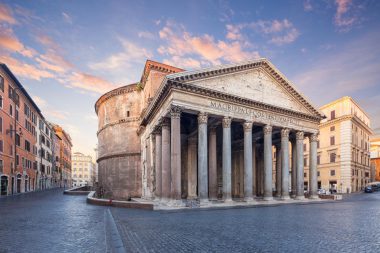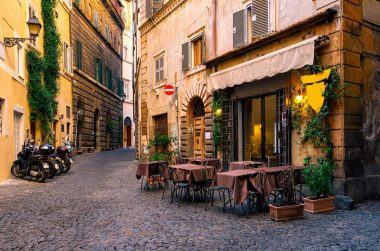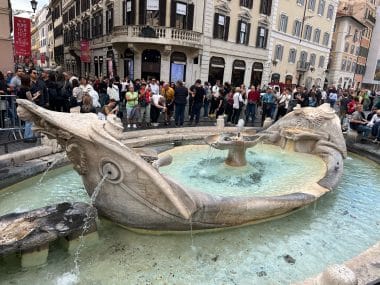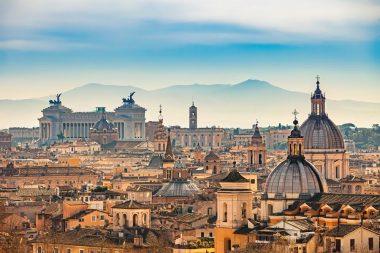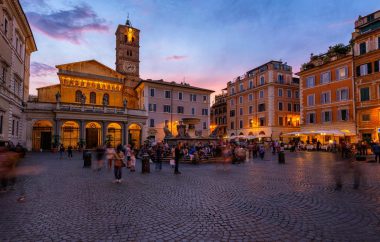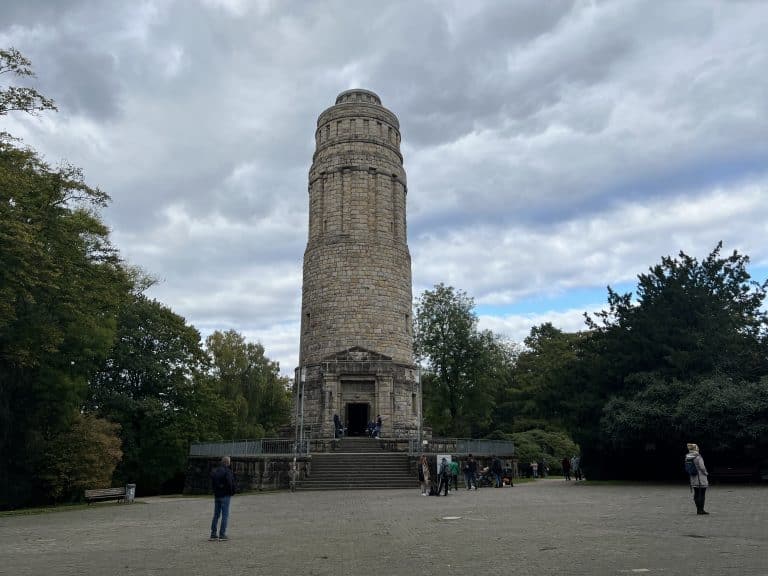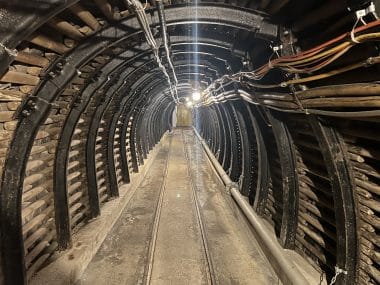Immerse yourself in the diversity, culture and breathtaking landscapes of the Caribbean and Central America – a round trip through Jamaica, Mexico, Belize, Honduras, Costa Rica, Panama, Colombia and the Dominican Republic offers a unique experience. Here are the highlights and sights not to be missed on this fascinating journey.
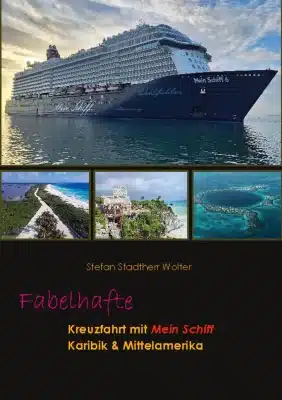
One person who has made this trip is the travel writer Stefan Stadtherr Wolter. (Read here the interview with Mr. Wolter about his trip to the Seychelles and La Reunio) He was on the cruise ship “Mein Schiff” in the Caribbean and Central America. His well-known humorous writing style accompanies the reader through this tropical paradise. Available in bookstores with the ISBN number 978-3-7597-7726-3 If you would like to visit the countries mentioned in the book, let yourself be inspired by our highlight recommendations:
Jamaica: Reggae, dream beaches and waterfalls
1. Kingston and the Bob Marley Museum
Jamaica is not only known for its beaches, but also as the birthplace of reggae. A visit to Kingston takes travelers to the famous Bob Marley Museum, where you can learn more about the life and music of the reggae idol.
2. Dunn’s River Falls – A Natural Wonder in Ocho Rios
A highlight in Jamaica is Dunn’s River Falls, an impressive waterfall that cascades down into terraces and gives visitors the chance to climb it.
3. Negril and the Seven Mile Beach
Seven Mile Beach in Negril is one of the most beautiful beaches in the world. Here you can snorkel, dive or just relax and unwind.
Mexico: Mayan culture and dream beaches in Tulum
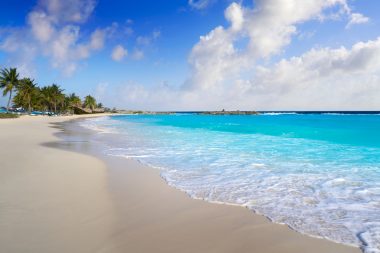
1. Chichén Itzá – A Wonder of the Ancient World
The Mayan ruins of Chichén Itzá near Cancún are an absolute must-see. The Pyramid of Kukulkán is one of Mexico’s most famous sights and is one of the New Seven Wonders of the World.
2. Tulum – Beach and Mayan Ruins Combined
Tulum offers a stunning combination of gorgeous beaches and historic Mayan ruins. The ruins are located directly on the coast and offer a magnificent view of the turquoise blue waters.
3. Cozumel – A paradise for divers
Cozumel is known worldwide for its colorful coral reefs and excellent diving opportunities. There is a fascinating underwater world here that will delight both beginners and experienced divers.
Belize: A paradise for adventurers and nature lovers
1. Great Blue Hole – A UNESCO World Heritage Site
The Great Blue Hole is one of the most famous diving destinations in the world. The huge underwater crater has a depth of over 120 meters and offers spectacular biodiversity.
2. The Mayan ruins of Xunantunich
Belize is home to some of the most impressive Mayan ruins. Xunantunich, near the border with Guatemala, offers a fascinating view and a glimpse into Mayan culture.
3. Caye Caulker – Relaxed Caribbean Island
Caye Caulker is a small island in the Belize Barrier Reef and is great for snorkeling, kayaking, and relaxing. The motto here is: “Go Slow”.
Honduras: Insider tips for nature lovers
1. Roatán – pure Caribbean and colorful coral reefs
Roatán is an island in the Caribbean Sea and part of the Mesoamerican Barrier Reef. It offers some of the most beautiful beaches in Honduras and is a mecca for divers and snorkelers.
2. Copán – The Paris of the Mayan World
The ruins of Copán are a cultural highlight in Honduras. The elaborate carvings and monuments provide information about the fascinating world of the Mayan civilization.
3. La Tigra National Park – Pure jungle adventure
La Tigra National Park is a protected area with dense rainforest, a variety of animal species and hiking trails. Birdwatchers in particular get their money’s worth here.
Costa Rica: The land of volcanoes and nature conservation
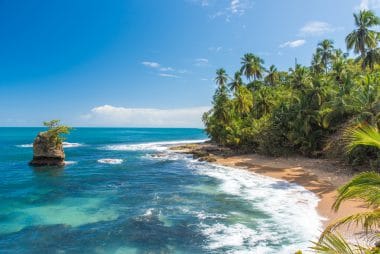
1. Lake Arenal and Arenal Volcano
The Arenal Volcano is one of the most active volcanoes in the world and a popular destination for nature lovers. Here you can hike, visit hot springs or explore the lake.
2. Monteverde Cloud Forest Reserve – A biologist’s paradise
The Monteverde Reserve is a biodiversity hotspot with dense cloud forests, numerous animals and plants. It is perfect for bird watching and nature walks.
3. Manuel Antonio National Park – Beach meets jungle
Manuel Antonio National Park is famous for its combination of lush rainforest and white sandy beaches. Here you will meet monkeys, sloths and a fascinating flora.
Panama: The Bridge Between the Oceans
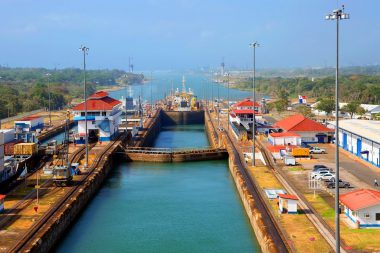
1. Panama Canal – A Technical Marvel
The Panama Canal is a masterpiece of engineering and a must-see on any trip to Panama. A boat tour or a visit to the Miraflores locks offers insights into how it works.
2. Casco Viejo – Colonial History in Panama City
The Casco Viejo is the historic old town of Panama City and is a UNESCO World Heritage Site. Here you will find well-preserved colonial buildings, lively markets and a vibrant nightlife.
3. San Blas Islands – A Caribbean Retreat
The San Blas Islands consist of around 365 islands and are known for their breathtaking beauty. Visitors can stay here in simple huts and experience the authentic life of the indigenous Kuna.
Colombia: Colonial Cities and Caribbean Coast
1. Cartagena – The Pearl of the Caribbean
The port city of Cartagena is known for its colorful old town, which is a UNESCO World Heritage Site. A walk through the alleys of the city leads past well-preserved colonial buildings and historic squares.
2. Tayrona National Park – Fantastic beaches and indigenous culture
Tayrona National Park offers dense rainforests, beautiful beaches and the opportunity to visit indigenous villages. Here you can hike and enjoy the unique nature.
3. Medellín – From the most dangerous city to the city of innovation
Medellín has changed a lot in recent years and today offers a variety of cultural attractions and a lively art scene. Comuna 13 is particularly worth seeing with its colorful graffiti and art installations.
Dominican Republic: Beach Paradises and Cultural Treasures
1. Punta Cana – Pure Caribbean feeling
Punta Cana is the ultimate destination for beach vacationers. The long, white sandy beaches and turquoise blue sea are perfect for relaxing and water sports activities.
2. Santo Domingo – The oldest city in the New World
The capital, Santo Domingo, is the oldest city in the New World and is a UNESCO World Heritage Site. The Zona Colonial is a highlight with historic buildings and charming alleys.
3. Samaná and the humpback whales
From January to March, visitors are drawn to Samaná Bay to observe the impressive humpback whales that come here to mate and give birth to their young.


